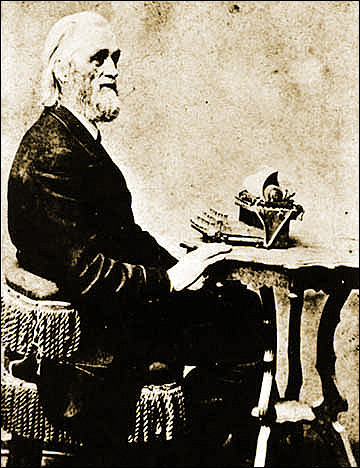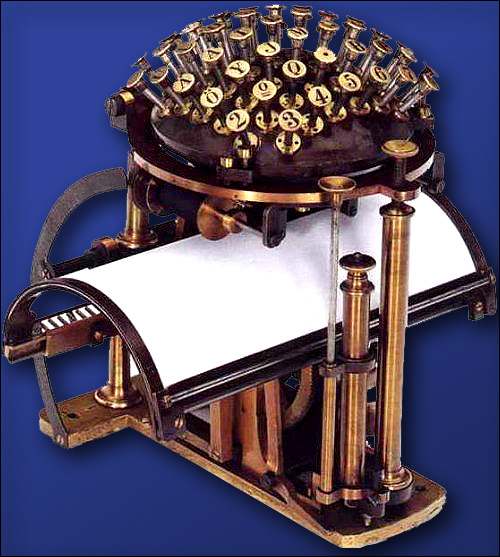A brief history of typewriters
The idea of a machine that could put down spoken words was always a goal of inventors from the beginning of human existence….
It wasn’t until about the 14th century that inventors got serious and began to toy with creating prototype models of early printing machines. Some of these early machines even received patents, made their way to the public and then eventually where abandoned.
 Christopher Sholes Many countries take claim of the first true typewriter, but it is arguable that the first breakthrough was in 1867 when three Americans, Christopher Latham Sholes, Samual W. Soule and Carlos Glidden patented the first typewriter. From Milwaukee, Wisconsin, these three inventors integrated many of the ideas created by earlier inventors. They created a machine that looked like a cross between a piano and kitchen table.
Christopher Sholes Many countries take claim of the first true typewriter, but it is arguable that the first breakthrough was in 1867 when three Americans, Christopher Latham Sholes, Samual W. Soule and Carlos Glidden patented the first typewriter. From Milwaukee, Wisconsin, these three inventors integrated many of the ideas created by earlier inventors. They created a machine that looked like a cross between a piano and kitchen table.
 Hansen Writing Ball c. 1870 The first commercially successful typewriter was created in Denmark by Malling Hannen in 1870. The device was designed to help the blind type by what was thought by the inventor to be the best way for touch typing. Unfortunately the “Hansen Writing Ball”design was slow and cumbersome to use whereas handwriting was still the fastest method for putting words to paper. More information here.
Hansen Writing Ball c. 1870 The first commercially successful typewriter was created in Denmark by Malling Hannen in 1870. The device was designed to help the blind type by what was thought by the inventor to be the best way for touch typing. Unfortunately the “Hansen Writing Ball”design was slow and cumbersome to use whereas handwriting was still the fastest method for putting words to paper. More information here.
In 1873, Sholes first practical typewriter was marketed by the Remington Arms company. Typewriters before Sholes design were sluggish and tended to jam frequently. Sholes studied the most common letters used in the English language and rearranged the keyboard from an alphabetical one to a format known as QWERTY, or the placement of the top left row of letters. QWERTY is the standard still in use today for typing. This arrangement made the typewriter faster with less jamming but slower for the many hunt and peck typist of the time.
Sholes never capitalized on his invention and sold the rights to James Densmore. Densmore and partner George Washington Yost saw great potential in the Type-Writer and they tried to marketing to everyone — including the United States Government. Philo Remington (president of the Remington gun manufacturing company) agreed to create 1000 Type-Writers but the typewriters would bear the name “Remington” and Densmore and Yost would sell the typewriters. By the late 1870s the Type-Writer was on the market. The design looked something like a sewing machine of the period. The Type-Writer costs a whopping $125 — a sizable sum for the 1870s — and no one was buying. Probably due to the cost, marketing, or the newness of typewriting.
A lucky break, however, for the Type-Writer came about when Mark Twain saw the wonderful typing machine. He couldn’t believe one could type as the clerk claimed, over 57 works per minute. After loosing a bet against the typist speed, Twain bought a machine. Because of Twain’s interest and use of the Type-Writer, popularity rose. Twain even devised the editor standard setting of double-spaced, one-sided only manuscript.
…. more to come…

